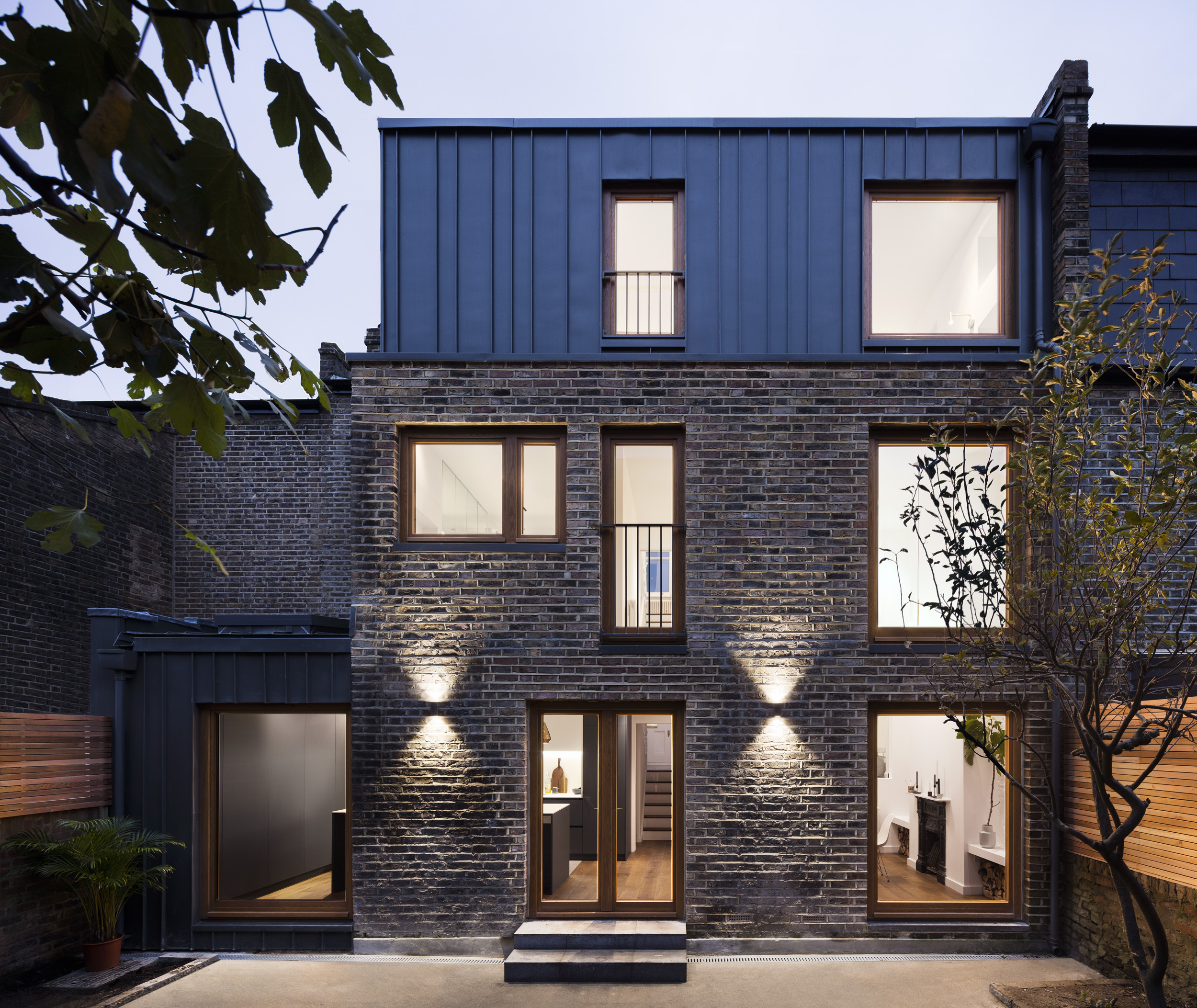Planning permission is not required to replace windows if they are similar in appearance to those used in the construction of the house, unless your property is listed, in a designated area or has a relevant Article 4 Direction (see the exceptions below).
Can I add new windows and doors without planning permission?
Most* homes enjoy permitted development rights, allowing for the replacement or addition of windows without the need for planning permission, provided that:
- The materials used for the new windows closely resemble those of the existing ones.
- For upper floor side windows, they should be obscure-glazed and non-opening, with the exception that the non-opening requirement is waived if the parts of the window that can be opened are situated more than 1.7 metres above the internal floor level.
You can read the Permitted Development legislation for more information here.
It’s important to note that if the proposal does not meet these criteria, planning permission will be necessary.
*The exceptions: when do you need permission to replace or add windows?
In some cases, permitted development does not apply. If you are installing new or replacing windows, it may be necessary to seek planning permission in the following circumstances:
- You live in a house / are not the freeholder.
- Your property is listed.
- Your property is in a designated area such as a Conservation Area, National Park, Area of Outstanding Natural Beauty, World Heritage Site.
- If there is an Article 4 direction that removes your property’s permitted development rights.
In all of these situations, we recommend that you consult with your local planning authority before initiating any construction or renovation work. Additionally, if you are a leaseholder, you might need approval from your landlord or management company.
Image above – Design by Amos, architect from London on Design for Me. Click here to see more and shortlist them for your home project.
Do I need planning permission for a new bay window?
If you’re replacing an existing bay window with a similar one, or adding a new bay windows to the rear or side of the house, you won’t usually need planning permission (unless the above exceptions apply, removing your permitted development rights).
If you’re building a new bay window to the front of the house, you will need planning permission.
Do I need planning permission for roof lights?
Adding roof-lights is considered to be permitted development unless:
- It must not project more than 150mm from the plane of the existing roof slope.
- It must not exceed the height of the existing roof.
- Side-facing windows should have obscured glass, and if they are designed to open, they must be situated at a minimum height of 1.7 meters from the floor of the room where they are being installed.
Do I need planning permission for secondary glazing?
No, but if your property is listed or in a designated area, check with your local Conservation Officer that the specification you are proposing is acceptable. You can now get very discrete secondary glazing that is fitted with magnets, so can be easily removed.
Do I need planning permission to re-paint windows of a listed building?
If you are repairing so the appearance is unchanged and repainting in the same colour, you will not usually required to seek permission (however, in the exceptions mentioned above it’s worth checking with your local council).
Do I need building regs approval for replacing windows?
Building regulations have applied to all replacement glazing since April 1, 2002. These regulations encompass various aspects, including thermal performance, safety, air supply, means of escape, and ventilation. An external window or door falls into the category of a “controlled fitting” under the Building Regulations, which means that specific standards must be met when replacing such elements.
To ensure compliance with these regulations, you have two options:
- You can choose to employ an installer registered with the relevant competent person scheme. A registered installer is authorised to carry out the work in accordance with building regulations, bypassing the need for involvement from local authority building control. Upon completion of the work, you will receive a certificate confirming that the installation was performed by a registered installer.
- Alternatively, you have the option to use an unregistered installer or undertake a do-it-yourself (DIY) approach. In this case, you would need to seek approval from the relevant Building Control Body, either at your Local Authority or an Approved Inspector. They will assess the replacement window(s) or door(s) for compliance and, if satisfied, issue a certificate affirming compliance with the regulations.
Check with an architect
Before proceeding with a purchase for a non-residential building with an intention to convert it to a house, it’s always worthwhile asking an architect to undertake a feasibility study. As part of this, they can find out what permissions will be required, help you understand what the restraints and opportunities of the site will be, and begin to explore the design potential for your new home.
Get a good architect on your side
It’s really worthwhile finding the right architect to help you through this planning phase of your project. Here at Design for Me we can match you with the best home architects for your project and arrange initial consultations for free. Use the form below to get started and we’ll be happy to help find the right person for you!
Emily Design for Me

